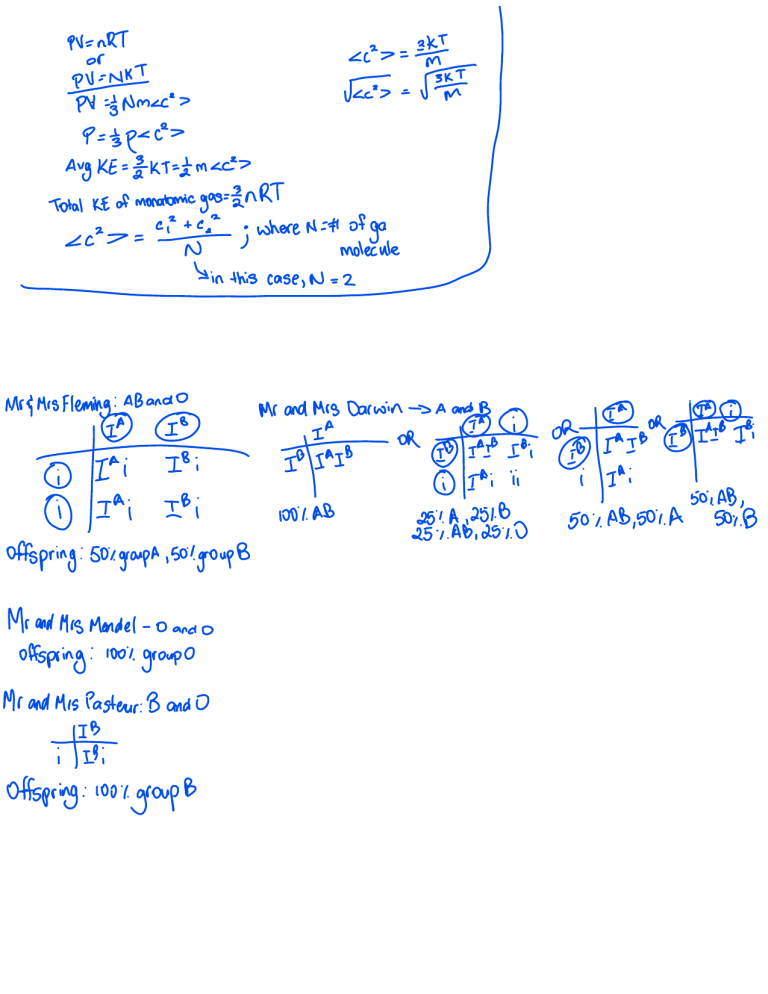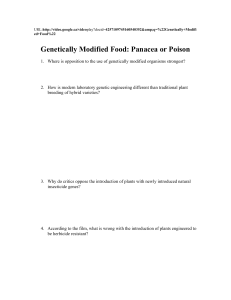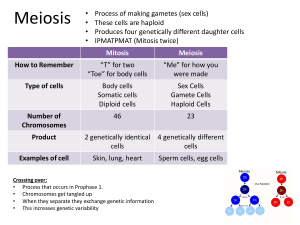
. The idea that all the different cells in an organism contain the same genes is known as genetic equivalence. Support for this hypothesis came from classical agricultural practices as much as it did from scientific investigations. Gardeners and farmers have long propagated many plants from cuttings. When a branch or stem is removed from a plant, cells in the cut region can de-differentiate and begin dividing to form a mass of undifferentiated cells. These cells can then re-differentiate to form roots, as shown for a coleus plant in Figure 21 .1. If cells from a cut branch or stem can de-differentiate to form roots, these differentiated cells must contain the genes required by root cells. The notion of genetically equivalent cells was confirmed in the 1950s when biologists were able to grow entire tobacco plants or carrots from a single, differentiated cell taken from an adult. These carrots plants are clones-a genetically identical copy-of the plant from which the single cell was obtained. As you learned earlier (Ch. 20, Section 20.1), the ability to produce entire genetically identical plants from a single, undifferentiated cell is a core cloning technique in plant biotechnology.





